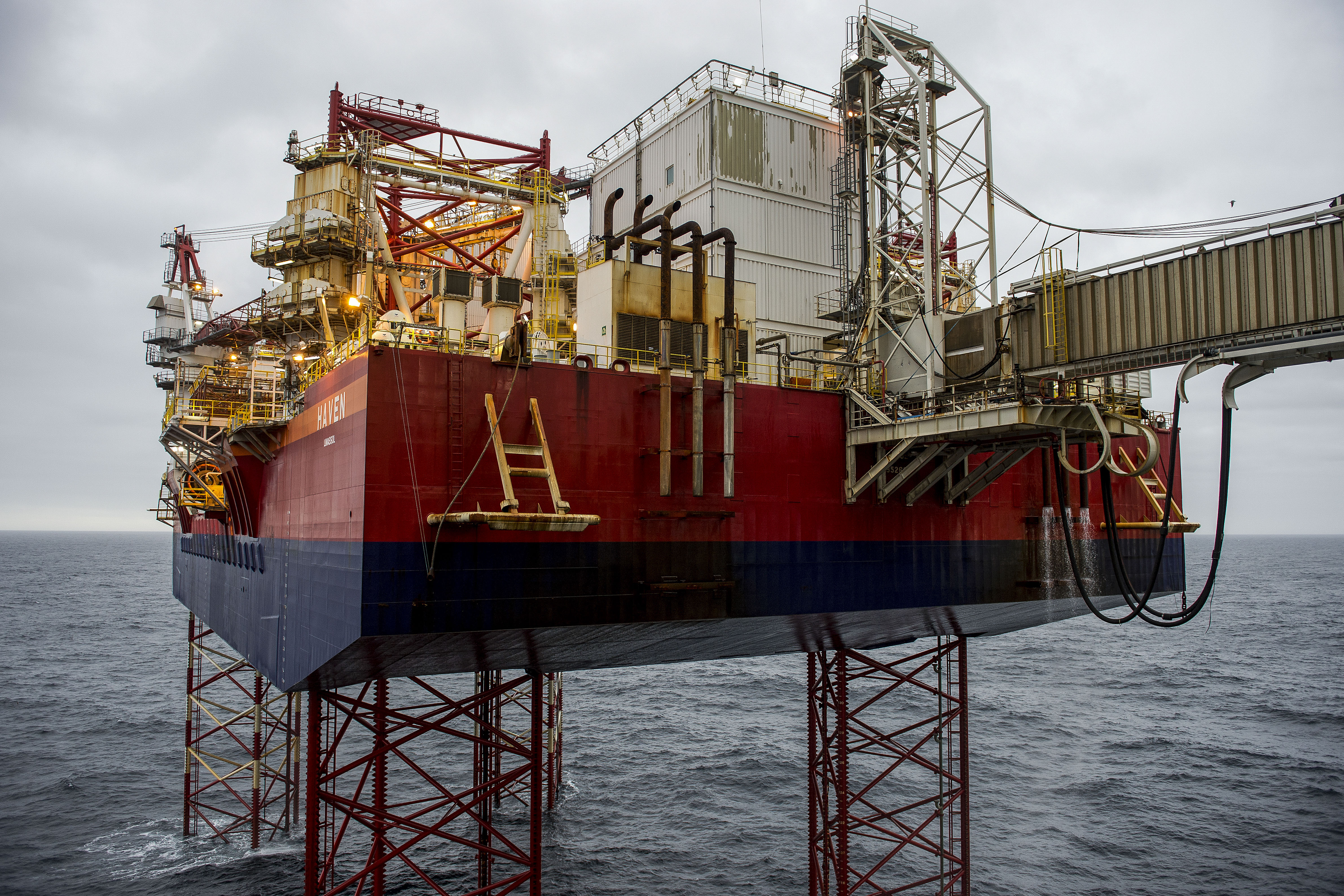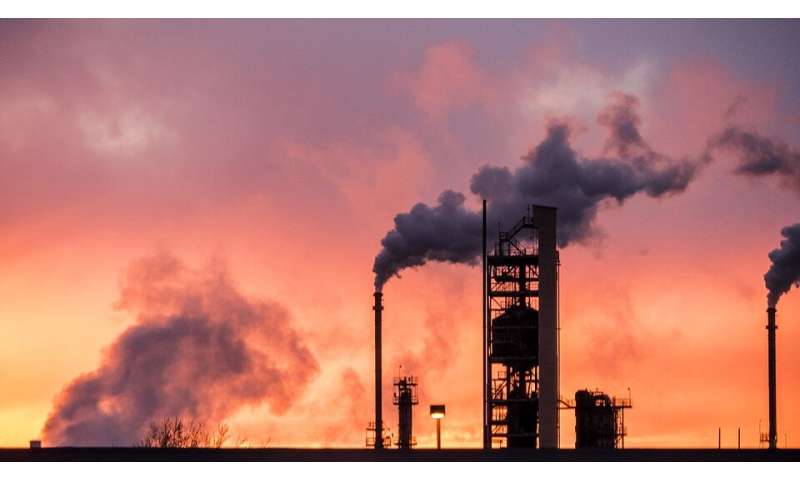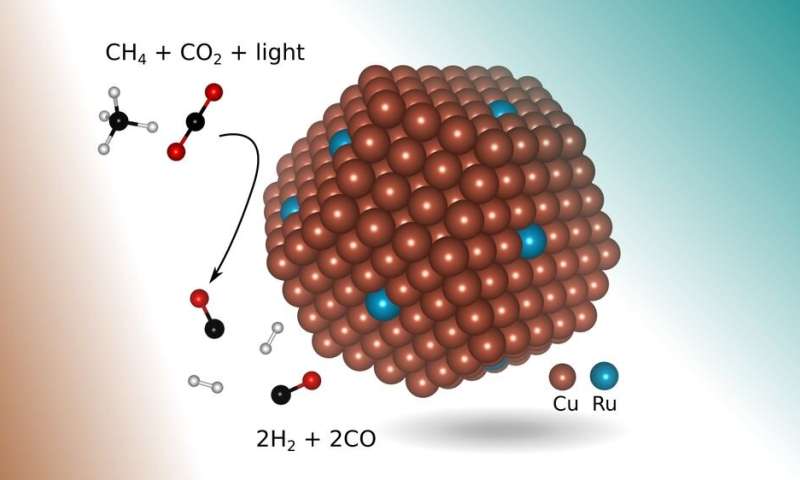
Cash is hot:
Investors find new options to put deposits to work for community development

Native American Holy Land, Devil's Tower, Wyoming (photo: Woody Hibbard)
ImpactAlpha, February 12 – Denver-based and Native-owned Native American National Bank serves Native communities, governments and enterprises across the U.S. To boost the bank’s lending power, RSF Social Finance, Candide Group’s Olamina fund and other impact investors have created deposit accounts and CDs at the bank.
“The best way to support our bank is through deposits,” the bank’s Tom Ogaard said on a webinar hosted by Transform Finance.
Such community banks, along with credit unions and community development financial institutions, are increasingly attracting foundations, impact funds and other investors looking for a way to drive impact, even with their idle cash. The capital allows bankers serving low-income and underserved areas that bigger financial institutions pass over to expand their community lending.
Financial intermediaries are innovating on plain-vanilla savings and checking accounts to overcome barriers such lenders have faced in attracting customers, including limits on federal deposit insurance.
Oakland-based CNote’s new Promise Account lets accredited investors divvy up to $3 million into insured deposit accounts across multiple CDFIs and low-income credit-unions, while managing their cash through a single interface on CNote’s platform. It follows the company’s high-yield, uninsured “savings account” for retail investors introduced in 2017. The opportunity is significant, CNote’s Catherine Berman tells ImpactAlpha, especially among foundations, who must have large amounts of cash on hand for grantmaking.
“The culture of impact investing has mostly lent itself to private deals,” says Berman. “But cash is the low hanging fruit.”
Tiedemann Advisors and StoneCastle Cash Management launched a similar cash management solution that allocates cash balances across insured deposit accounts at high-need community banks and credit unions. “It’s funny that there hasn’t been as much conversation over the years about cash,” says Tiedemann’s Brad Harrison. “It’s been overlooked”
Native American National Bank operates in “Indian Country,” the 3% of U.S. land, mostly sparsely populated and overwhelmingly low-income, that is populated by tribal and Alaskan natives. The bank has lent $128 million to support $250 million in projects in the last five years, including for affordable housing, grocery stores and native-owned enterprises. Financing for such projects often requires more complex capital stacks and longer timeframes than conventional banks are willing to underwrite.
For the Olamina fund, which was created last year to address the lack of access to capital in Black and Native American communities, keeping its cash with the bank “is a way for us to say, we see you and want to be able to support the work you are doing,” said the fund’s Lynne Hoey.








